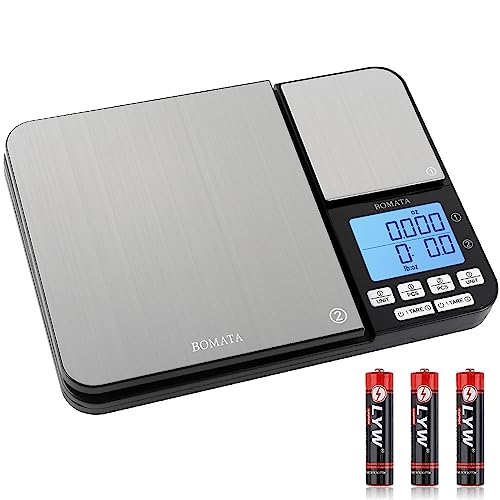HoneyPunch
Member
- Joined
- Nov 6, 2015
- Messages
- 19
- Reaction score
- 14
I have to admit, i'm a bit upset(with myself, or possibly my oils) as i type this.
Four days ago i made(what i think is) a beautiful soap intended as a gift for my mother on Christmas. I've only just been able to convince her that all soaps, every single bar soap she has ever used in her life, has been made with lye. I took it out of the mold two nights ago and although its still too soft to cut, it looked and smelled just how i wanted it.
Imagine my dismay when i woke up this morning to find it speckled with little orange specks. It's only been four days, and i've never had a problem with dos before, let alone in such a tiny time frame. I opened all my oils and gave them a sniff, i've never smelled rancid oil before, so i'm not sure what im looking for, but nothing made me cringe. All my oils are brand new from brambleberry, save for olive oil which i got at walmart (Expiration date 2017) and castor oil(also walmart) which is curiously lacking an expiration date.
Please find attached a copy of the recipe used.
As far as additives it had: Chamomile tea water swap, 1T honey diluted in water, added at trace, 2tsp Brazilian yellow clay, pinch of silk fibers, calendula petals.
EO blend: 1 part patchouli, 1 part 10x orange(its a year old), 1 part orange Valencia, 1 part grape fruit
Melted oils, made lye solution and dissolved silk , added around 100 degrees, mixed until thin trace, added honey colour and scent, hand mixed followed by a few stick pulses, put into mold, put into fridge overnight. The spots are bright orange, suspiciously like orange EO. Then again,ive never put calendula *in* soap before, so theres at least a 30% chance i'm just seeing some below the surface flowers and freaking out.
So what do you think? I'm unsure if i need to toss some oils, or try again, or just give it to her as is provided the spots don't get any worse.
Soap: http://i.imgur.com/SpEFaei.jpg
Recipe: http://i.imgur.com/LLMWx5l.png
Four days ago i made(what i think is) a beautiful soap intended as a gift for my mother on Christmas. I've only just been able to convince her that all soaps, every single bar soap she has ever used in her life, has been made with lye. I took it out of the mold two nights ago and although its still too soft to cut, it looked and smelled just how i wanted it.
Imagine my dismay when i woke up this morning to find it speckled with little orange specks. It's only been four days, and i've never had a problem with dos before, let alone in such a tiny time frame. I opened all my oils and gave them a sniff, i've never smelled rancid oil before, so i'm not sure what im looking for, but nothing made me cringe. All my oils are brand new from brambleberry, save for olive oil which i got at walmart (Expiration date 2017) and castor oil(also walmart) which is curiously lacking an expiration date.
Please find attached a copy of the recipe used.
As far as additives it had: Chamomile tea water swap, 1T honey diluted in water, added at trace, 2tsp Brazilian yellow clay, pinch of silk fibers, calendula petals.
EO blend: 1 part patchouli, 1 part 10x orange(its a year old), 1 part orange Valencia, 1 part grape fruit
Melted oils, made lye solution and dissolved silk , added around 100 degrees, mixed until thin trace, added honey colour and scent, hand mixed followed by a few stick pulses, put into mold, put into fridge overnight. The spots are bright orange, suspiciously like orange EO. Then again,ive never put calendula *in* soap before, so theres at least a 30% chance i'm just seeing some below the surface flowers and freaking out.
So what do you think? I'm unsure if i need to toss some oils, or try again, or just give it to her as is provided the spots don't get any worse.
Soap: http://i.imgur.com/SpEFaei.jpg
Recipe: http://i.imgur.com/LLMWx5l.png
Last edited:
















































